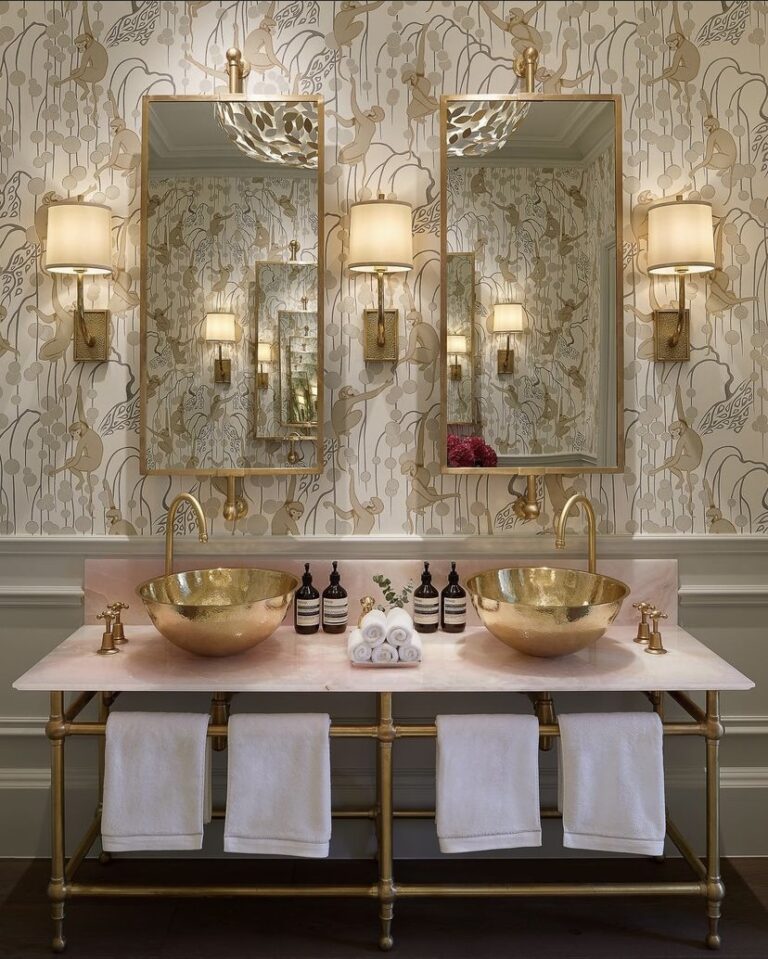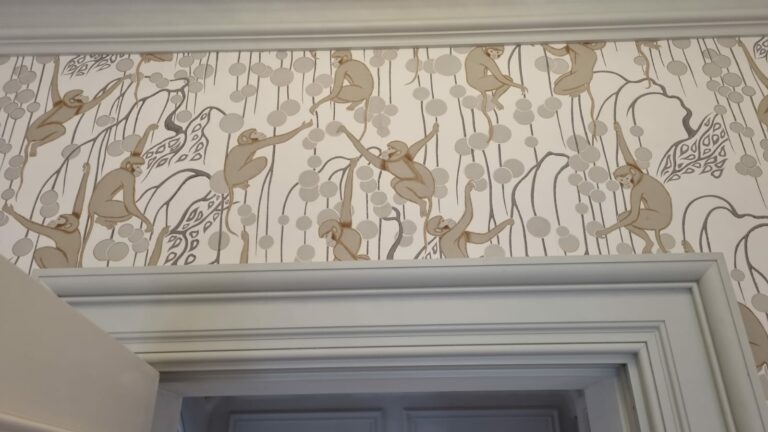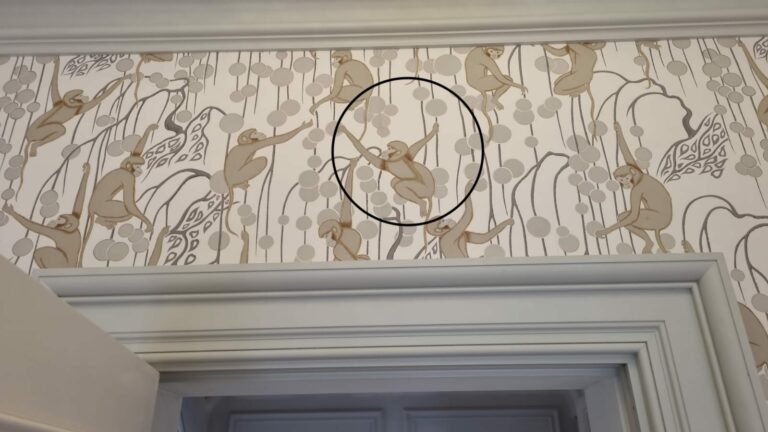What is a kill point?
so, what is a kill point?
Another name for it is a termination point. It’s a place on the wall where the pattern will not match, because there is no natural stop/break in the room. A natural break could be floor to ceiling windows (you could cut into the architrave), joinery, a beam, or anywhere that breaks up the wall. Every area/room that you wallpaper with a repeating pattern wallpaper is different, it’s all about trying to hide that kill point as best as possible.
where is the best place to put the kill point..
The least vocal point in the room. Sometimes it’s behind the front door as you walk in or in the internal corner but there are no hard and fast rules as every room is different and the finishing of the room is different, e.g, where sofas are going and where curtains are going. It very much needs consultancy with the end client, whoever that may be; private client, contractor or interior designer.
Just because you are going to have a mis-match or an area where the pattern won’t match up, there are still some key rules that you can follow to give you the best opportunity to make sure that it doesn’t look out of place. Number one would be hanging off a datum. With repeating patterns, if you were to run a horizontal line around the room it would be on the same position on the datum line or distance (higher/lower) away from the datum line throughout the room. This means that when you come to the mis-match, it doesn’t look that out of place and you give yourself options. If it’s a repeating pattern of stripes, you might be able to slowly decrease the width of the stripe as you’re coming to the kill point so it’s not noticeable. If there is an area on the wallpaper with no pattern on it, you might be able to shrink that down.
The kill point position is confirmed before we do the installation but we would only start to put the plan in motion of how to get it looking the least noticeable once we get a bit closer to it. It’s one of those beautiful problems when you’re hanging wallcoverings which makes it so interesting and why we like it so much, and why it’s such a craft. You can solve most problems before you start but you can’t solve all of them. You still need to work fluidly and formulate a plan as you go, looking at things like how the wallcovering looks on the wall, what the natural light is like etc. Then you can execute the plan. It’s fair to say this takes experience and confidence.
Looking at the below image, where do you think we put the kill point bearing in mind it’s a repeat pattern?
As we’ve already mentioned, above a door is a great place for being inconspicuous… Take a closer look. Can you see it?
Ta-da! Here is a great example of a well-executed kill point with a repeat pattern, as it’s literally invisble. This was for a project we did with Helen Green Design Studio.
Are you familiar with what a ‘jib door’ is? Click here to discover all.








